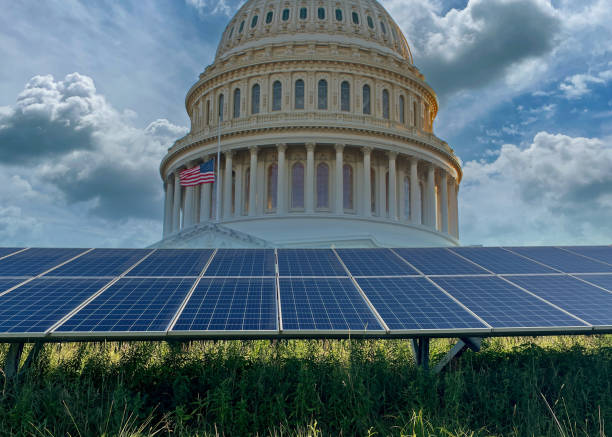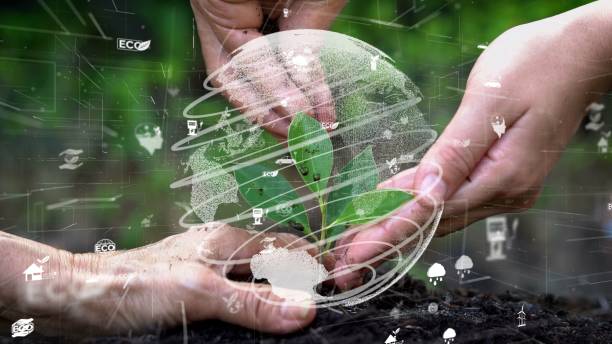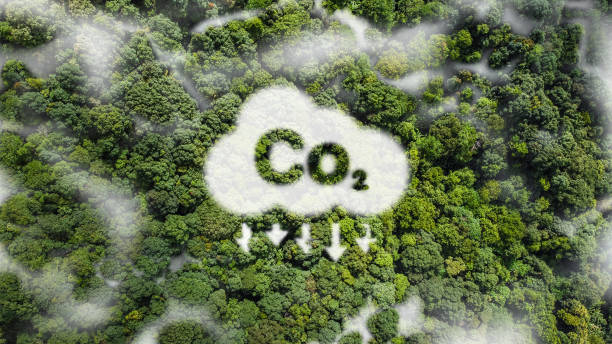
Brazil’s stringent environmental regulations are designed to protect its rich biodiversity and natural resources. Industries operating in the country must comply with these regulations, which often require the use of advanced technologies and equipment to manage waste and emissions effectively. Grabe’s industrial equipment, renowned for its innovation and sustainability, ideally aligns with Brazil’s environmental policies. It offers businesses the tools they need to comply with these laws and contribute to a greener future.
Meeting Compliance with Advanced Technology
Grabe’s commitment to innovation ensures that its equipment meets the highest environmental protection standards. For instance, their range of centrifugal pumps and polypropylene tanks are designed with durability and efficiency in mind, helping industries minimize their environmental impact. These technologies enable businesses to process and treat industrial waste effectively, ensuring compliance with Brazil’s strict environmental regulations.
Centrifugal pumps from Grabe are engineered to handle various chemicals, including aggressive or abrasive ones. This versatility is crucial for industries that need to manage hazardous materials safely. By ensuring that these materials are processed and disposed of correctly, businesses can avoid environmental violations and contribute to the protection of Brazil’s natural ecosystems.
Sustainability as a Core Value
Grabe’s focus on sustainability is evident in the design and manufacturing of their industrial equipment. The company prioritizes using eco-friendly materials and energy-efficient processes, which align with Brazil’s national environmental goals. For instance, their polypropylene tanks are robust and versatile and made from recyclable materials, reducing waste and supporting a circular economy.
These sustainable practices help industries reduce their carbon footprint, an important factor in meeting Brazil’s commitments under international environmental agreements. By choosing Grabe’s equipment, businesses can demonstrate their commitment to sustainability, which is increasingly important in today’s global market.
Supporting Environmental Initiatives
In addition to providing compliant equipment, Grabe actively supports environmental initiatives in Brazil. The company collaborates with regulatory bodies and environmental organizations to promote best practices in industrial waste management. This collaboration helps to ensure that the latest advancements in technology are used to protect the environment, benefiting both businesses and communities.
Grabe’s involvement in these initiatives also means that their equipment is continuously updated to meet the evolving needs of the industry and comply with new regulations. This proactive approach ensures that businesses using Grabe’s equipment are always ahead of the curve in terms of environmental compliance.
READ ALSO: The Importance of Green Policy Rule
Conclusion
Grabe’s alignment with Brazil’s environmental regulations is a testament to its commitment to sustainability and innovation. By providing advanced industrial equipment that meets the highest environmental standards, Grabe helps businesses comply with the law while also contributing to the protection of Brazil’s natural resources. As environmental regulations continue to evolve, Grabe remains a trusted partner for industries looking to operate responsibly and sustainably in Brazil.

 The fashion industry is increasingly
The fashion industry is increasingly  What is an AI Email Writer and How Can it Benefit Your Blog?
What is an AI Email Writer and How Can it Benefit Your Blog? Secondly, an AI email writer can help you
Secondly, an AI email writer can help you 
 Learning What Is the Main Concern
Learning What Is the Main Concern The process starts with an idea, usually from a lawmaker who sees a problem or an area that needs to be fixed. The idea is then turned into a bill, which is a formal plan that lays out the law that would be made.
The process starts with an idea, usually from a lawmaker who sees a problem or an area that needs to be fixed. The idea is then turned into a bill, which is a formal plan that lays out the law that would be made.









 from Denver to Aspen a safe and secure journey under all types of Colorado Rocky Mountain weather and
from Denver to Aspen a safe and secure journey under all types of Colorado Rocky Mountain weather and  Aspen is a famous resort town offering year-round outdoor winter sports recreation through ski resorts, including the now famous Aspen Snowmass. The slopes of this iconic mountain town have been attracting visitors since the 1800s, particularly skiers and snowboarders coming from different parts of the world. An iconic mountain town located in the heart of Colorado’s Rocky Mountains, the town owes its breathtaking scenery to the wilderness of the Red Mountain on the north side, the Aspen Mountain on the south side and the Smuggler Mountain on the east side.
Aspen is a famous resort town offering year-round outdoor winter sports recreation through ski resorts, including the now famous Aspen Snowmass. The slopes of this iconic mountain town have been attracting visitors since the 1800s, particularly skiers and snowboarders coming from different parts of the world. An iconic mountain town located in the heart of Colorado’s Rocky Mountains, the town owes its breathtaking scenery to the wilderness of the Red Mountain on the north side, the Aspen Mountain on the south side and the Smuggler Mountain on the east side.










 Do you love coming home to your leafy oasis, your indoor jungle, with live succulents in varied forms and colors? Sure, they’re beautiful and bring life to your space. But did you know your green buddies, from the tallest monstera to the smallest succulent, can also help you save energy? Yes, you heard it right! Indoor plants, succulents included, are not just decorative pieces; they’re energy savers!
Do you love coming home to your leafy oasis, your indoor jungle, with live succulents in varied forms and colors? Sure, they’re beautiful and bring life to your space. But did you know your green buddies, from the tallest monstera to the smallest succulent, can also help you save energy? Yes, you heard it right! Indoor plants, succulents included, are not just decorative pieces; they’re energy savers!